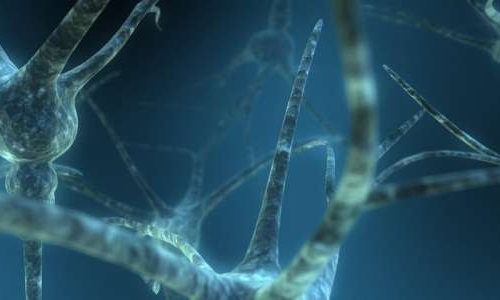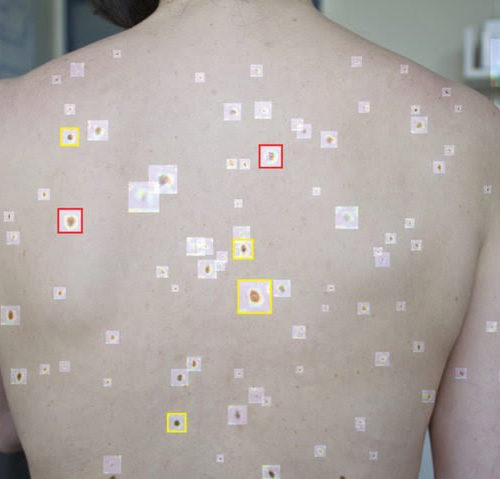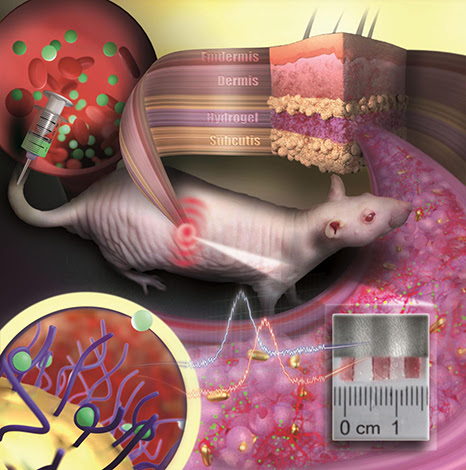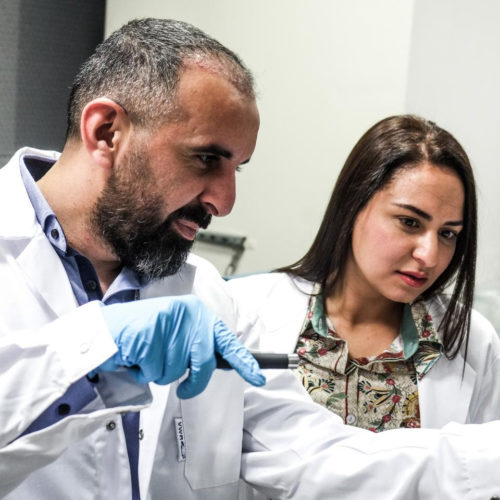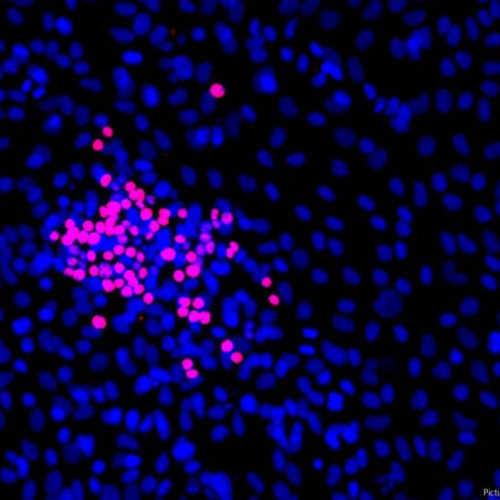by Heidelberg University Credit: Pixabay/CC0 Public Domain The way we move says a lot about the state of our brain. While normal motor behavior points to a healthy brain function, deviations can indicate impairments owing to neurological diseases. The observation and evaluation of movement patterns is therefore part of basic research, and is likewise one of the...
An artificial intelligence tool that can help detect melanoma
Using deep convolutional neural networks, researchers devise a system that quickly analyzes wide-field images of patients’ skin in order to more efficiently detect cancer. Melanoma is a type of malignant tumour responsible for more than 70 per cent of all skin cancer-related deaths worldwide. For years, physicians have relied on visual inspection to identify suspicious pigmented lesions...
Brisbane Researcher uses breakthrough therapy to cure lymphoma patient
During a world first therapy conducted at the Princess Alexandra Hospital by Mater Researcher and Haematologist Professor Maher Gandhi a 46-year-old patient has been successfully cured of a rare type of lymphoma. Image credit: Pixabay (Free Pixabay license) The patient was diagnosed with brain lymphoma, a form of blood cancer confined to the brain, following...
Gold Sensor Lives Under Skin for Months Measuring Drugs and Biomarkers
CONN HASTINGS Researchers at the Johannes Gutenberg University Mainz in Germany have developed an implantable biosensor that can measure concentrations of various biomarkers and drugs in the body. Unlike many implantable devices, the sensor can reside in place under the skin for many months without being rejected by the body or losing its functionality. The system...
NYU Abu Dhabi researchers develop materials for oral delivery of insulin medication
NEW YORK UNIVERSITY IMAGE: NYUAD’S RESEARCH SCIENTIST FARAH BENYETTOU AND PROGRAM HEAD OF CHEMISTRY ALI TRABOLSI CREDIT: NYU ABU DHABI A revolutionary technology developed within the Trabolsi Research Group at NYU Abu Dhabi (NYUAD) could dramatically improve the well-being of diabetic patients through a simple and straightforward way: an insulin oral delivery system that could replace traditional subcutaneous injections...
Tattoo made of gold nanoparticles revolutionizes medical diagnostics
JOHANNES GUTENBERG UNIVERSITAET MAINZ IMAGE: Gold nanoparticles embedded in a porous hydrogel can be implanted under the skin and used as medical sensors. The sensor is like an invisible tattoo revealing concentration changes of substances in the blood by color change CREDIT: ILL./©: NANOBIOTECHNOLOGY GROUP, JGU DEPARTMENT OF CHEMISTRY The idea of implantable sensors that...
New study expands evaluation of gene therapy for spinal muscular atrophy
IOS PRESS Amsterdam, April 6, 2021 – The rarity of spinal muscular atrophy (SMA) means that promising new treatments may be tested in only a limited spectrum of patients before approval. Investigators evaluated a newly approved drug, onasemnogene abeparvovec, in a broader spectrum of patients in order to obtain expanded data on its side effects...
LSU Health New Orleans study discovers source of Zika neurodevelopmental defects
LOUISIANA STATE UNIVERSITY HEALTH SCIENCES CENTER New Orleans, LA – A study led by Edward Wojcik, PhD, Associate Professor of Biochemistry & Molecular Biology at LSU Health New Orleans School of Medicine, identified how microcephaly (abnormally small heads) and blindness may develop in Zika-infected fetuses, as well as a new way to potentially prevent these...
Small cell lung cancer: Scientists identify two new approaches for therapy
UNIVERSITY OF COLOGNE IMAGE: Small cell lung cancer cells in culture (blue), non-endocrine cells are stained red. CREDIT: CHRISTINA BEBBER Using samples of small cell lung tumours, a research team led by biologist Dr Silvia von Karstedt has discovered two new ways to induce tumour cell death. One of two subsets of tumour cells can be targeted...
Scientists reveal elusive inner workings of antioxidant enzyme with therapeutic potential
DOE/OAK RIDGE NATIONAL LABORATORY IMAGE: The mitochondria in human cells depend on manganese superoxide dismutase to keep the amount of harmful reactive oxygen molecules under control. Researchers have now obtained a complete atomic portrait of the enzyme, providing key information about the catalytic mechanism within its active site, situated between the green and blue subunits...

